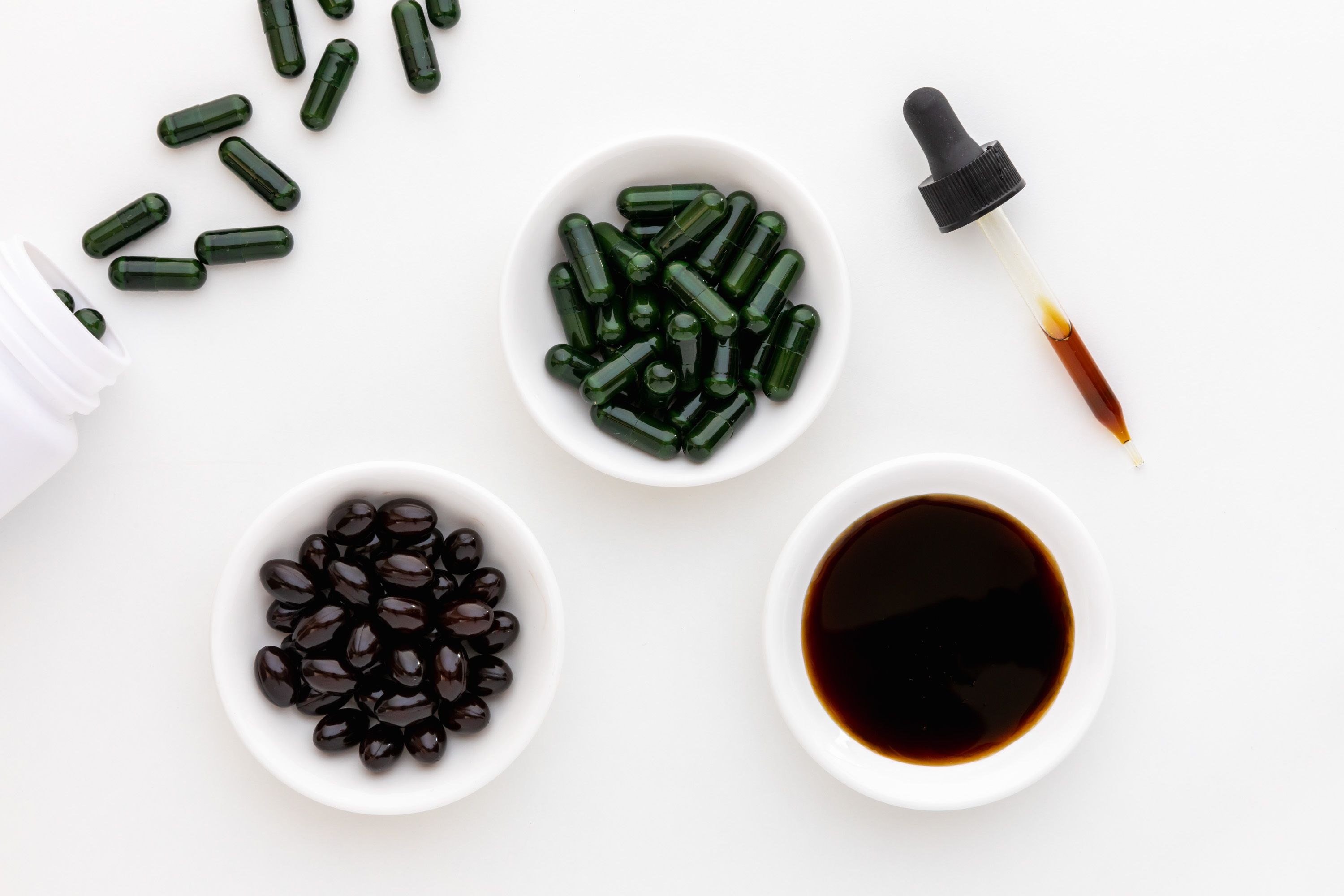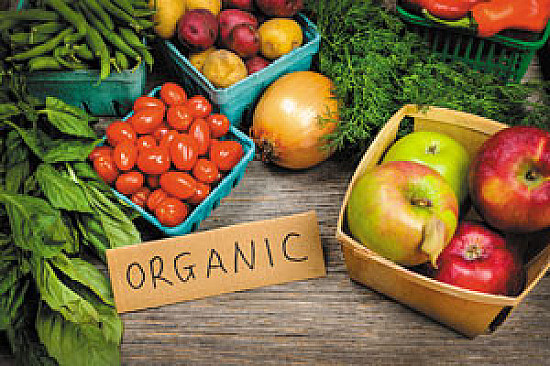
For endurance events such as marathons and ultramarathons, triathlons and Ironmans alike, carboloading foods can also come in handy before a long hike, race, or climb. These types of activities can require a lot of energy. Carboloading foods can help avoid muscle fatigue. You should avoid carbo-loading if you are not running a marathon or an ultramarathon.
Carbo-loading is a term that refers to carboloading meals, which are eaten within the hours and days prior to endurance events. Remember to eat foods that have a low glycemic score, as they can lower your blood glucose levels. A high-protein meal, for instance, is a better choice than a large pasta dinner, which could increase your performance.
Healthy eating should include at minimum a few carboloading items. Two to three days prior to an event is the best time to carb load. You will have your muscles well-rested so they are ready to work. Aim to consume 2.3 to 5.8 grams of carbohydrate per kg of body weight every day. Do not eat too many carbohydrate if you are nervous. Instead, snack on crackers and chicken noodle soup.
During exercise, glycogen stores last about 30 minutes. Carbo-loading foods before you exercise will increase the amount of glycogen available. This will give you more energy for endurance and reduce fatigue. This can help you run faster, or during marathons. If you are concerned about your diet, you may donate any left-over carbohydrates to Missoula Food Bank. You won't regret doing it!
Professional athletes aren't likely to benefit from carbo-loading during their long-distance races. Two hours is the average time for basketball, soccer, and football games. Since runners spend most of their training time standing, they won't be able carbo-loading in the run. But for those who compete in marathons, the benefits can be great, as the extra carbohydrates can help their bodies recover during the long run.

If you are preparing for a marathon, you should carb-load the day before the race. Marathoners should usually eat four times the normal amount. This is an indicator that they have successfully carb-loaded. The extra carbs will allow them to store three grams more water which will aid them in their race. They'll be able to hydrate and have enough fuel for the duration of the race.
In addition to the nutritional benefits of carbo-loading, it is also important to consider the risks involved. If you're preparing for an endurance event, you should avoid eating foods high in refined carbohydrates. These foods will increase your risk of experiencing a spike in your blood sugar levels. A high intake of refined carbohydrates can lead to dangerous spikes in your blood sugar. These spikes can lead to fatigue and an excessive appetite.
Choose carbo-loading food options that are low-fat or low-fiber. High-fiber foods may have some health benefits, but they should be limited. Too much fiber can cause stomach discomfort. Therefore, it is important to choose low-fiber and high carbohydrate foods. However, fat-free meals or snacks can be added to your diet. These foods are often the same as those that you would eat if your diet was high in carbs.

Carbo-loading foods should contain only low-GI carbohydrates. However, high-fiber carbohydrate foods may cause digestive problems. These foods are high in sugar, which can lead to digestive problems. For endurance athletes, it's important to reduce your carbo-loading food intake to low-GI foods. It is important to limit your intake.
It is important to know your caloric needs when carbo-loading. You should be aware of your caloric requirements to compete in an endurance event. In general, you should consume approximately 35 grams of carbohydrate per kg of body weight. Remember that carbohydrates do not provide endurance. In fact, they can cause stomach problems. It's important to understand what carbo-loading foods are before a marathon or ultramarathon.
FAQ
What are your basic cooking skills
Basic cooking skills include reading recipes, measuring ingredients, cooking safely and cleaning up afterwards. If you want to be able to cook for yourself, then you need to learn these basic skills. Cooking is an excellent way to save money because you don’t have the need to eat out as often.
Can I learn how to cook together with my children?
Yes! Children love to help in the kitchen. It's a fun activity which teaches children responsibility and teamwork. The whole process can be done by children, including washing and chopping vegetables. Children will love helping to cook if they are taught safe knife handling techniques.
How do I get hired to cook?
You can get a job as a cook through word of mouth. Friends and family might know of a restaurant in need of additional staff. Also, restaurants often advertise openings on bulletin boards and websites.
What is the cost of a culinary school?
Costs for culinary school vary depending on where you live, how long you study and which program you choose. The average tuition cost is $10,000-$30,000 annually. Most students graduate with about $20,000 in debt. Some programs offer scholarships, grants, or work-study opportunities.
How long does it take to become chef? What is the average career path in this field?
Becoming a chef takes approximately five years. You will be able to learn basic cooking techniques as well as gain practical experience working in a kitchen. When you finish your training, you can apply for positions as a line cook, sous chef, or executive chef. The average annual salary for a professional chef is between $25,000 and $60,000
What are some of the benefits of using slow cookers?
Slow cookers allow you to make delicious meals with minimal effort. Slow cooker recipes are healthier than traditional ones because they use less oil and fat. Because they cook for you while you sleep, slow cooker recipes can be convenient.
Statistics
- On average, chefs earn $58,740 a year, according to the BLS. - learnhowtobecome.org
- In the United States, the category is estimated at $23.2 billion annually and is growing faster than the market. (washingtonpost.com)
- You'll be amazed that over 90% of CIA students receive scholarships and grants to finish their culinary studies. (ischoolconnect.com)
External Links
How To
How to make an omelet that is perfect
Omelets are my favorite breakfast dish. But how do you make them perfectly? I've tried many recipes and different methods but none have worked. So I am sharing some tips and tricks today to help you make fluffy, delicious omelets every morning.
First, eggs can be very temperamental ingredients for making omelets. It is important that eggs are fresh from an organic market and kept cool until used. You must keep them cool enough to allow the whites to form properly and the yolks to become too runny if they're not kept at the right temperature. This will make your omelets appear strangely colored. If you want to make omelets right away, it's best not to use eggs that are too cold.
You can also separate the egg before you add it to the pan. The yolk and white should not be mixed together as this can cause the omelet's curdle.
The egg can burn if it is placed directly on the stovetop. Instead, put the egg in the microwave for 10 seconds before putting it into the pan. The heat from the microwave cooks the egg just enough without overcooking it.
Next, let's talk about mixing the eggs. When you mix eggs together, you want to beat them well. Turn the bowl upside down and grab the whisk to do this. Now shake the bowl vigorously. The egg will be thoroughly mixed in the bowl as the air is whipped.
Now comes the fun part - pouring the milk into the mixture. Mix half of the milk with the eggs. Then fold the eggs in half into the remaining milk. Do not be alarmed if there are still egg streaks visible. Once the omelet flips, these streaks will disappear.
After folding the eggs fold the pan onto medium heat. When the oil starts to hot, wait for the pan to cook. When the oil is hot enough, add 1/4 cup butter to the pan. Stir it around until the butter covers the entire pan. The lid should be carefully opened. Sprinkle salt in the pan. An additional pinch of salt will prevent the omelet form sticking to your pan.
Cover the pan once the omelet is formed and allow it to cool completely. Use a spatula to flip the omelet or turn the pan upside-down. Cook the other side for another minute or two. Remove the omelet from the pan and serve immediately.
This recipe works best when you use whole milk.